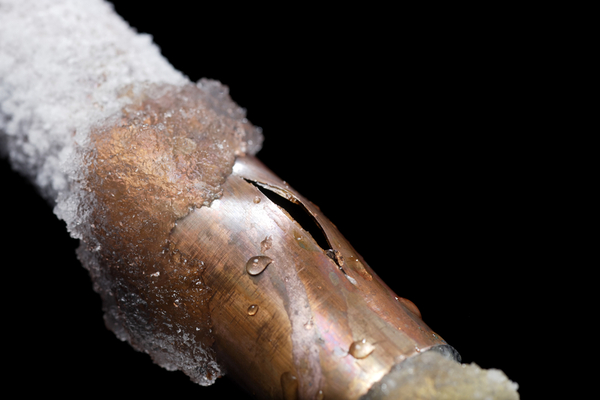Fluffy snow and sparkling icicles may make for a winter wonderland, but they can also bring on drafts, fallen tree limbs and worse. Avoid spending your winter months handling winter-related disasters with a bit of preventative maintenance. Because water expands as it freezes, frozen pipes can burst, leading to extensive water damage and costly repairs. Here’s how to keep your pipes safe in winter.
Steps to prevent pipes from freezing in winter:
- Insulate pipes — at least those by windows and doors, and in unheated areas of the home.
- Disconnect your hose from the outside hose bib (outside faucet).
- If prone to freezing, leave faucets dripping slightly — the theory is that running water does not freeze.
- Keep the heat set no lower than 55 degrees Fahrenheit (12.7 degrees Celsius) when you are away.
Too late? Here’s what to do if a pipe freezes:
- Turn on the tap of the frozen pipe and leave it open while treating the pipe.
- Allow warm air to flow safely to the affected area — always use any heat source (electric heating pad, blow dryer, space heater) safely to avoid potential harm and damage to your home and its occupants.
- If you’ve found one frozen pipe, check all the taps in the house — if only a drip comes out, there is likely another frozen pipe.
- If you cannot access the frozen pipe, or if your efforts to thaw it do not work, call a licensed plumber.
—
Photo Credit: Paul Tessier / Shutterstock.com
